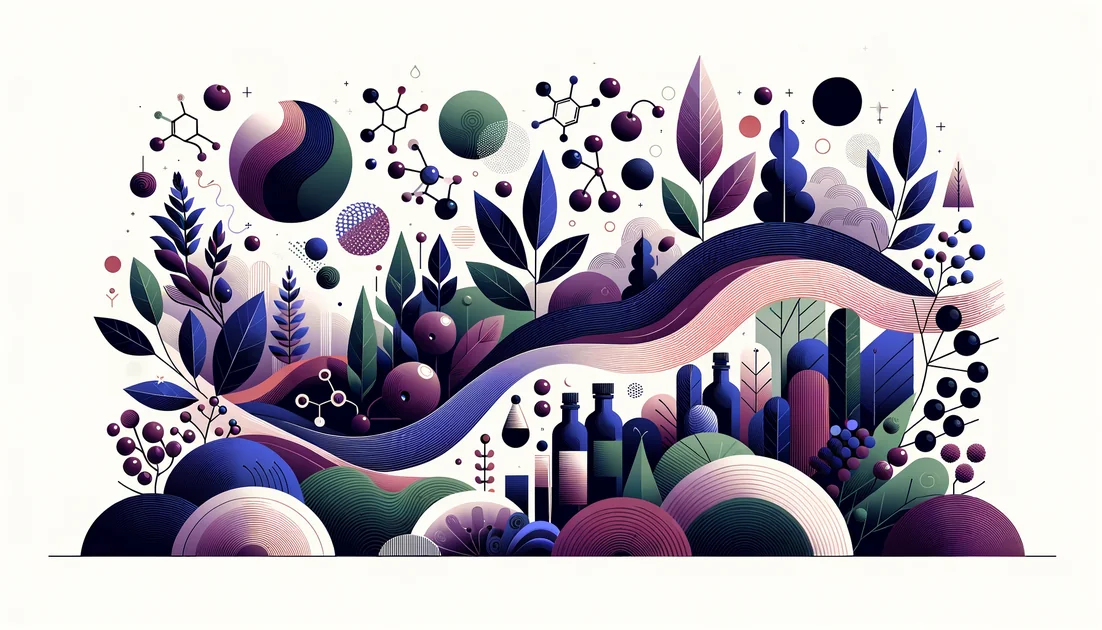
Red Nightfall: How a Sour Cherry Became a Sleep Drink, a Runner's Shield, and a Gout Truce
You pour a glass of crimson juice at dusk. It looks like dessert—yet within hours it may nudge blood pressure down, and within days, lengthen your sleep. For a fruit bred for pies in French orchards four centuries ago, the Montmorency tart cherry has taken an unlikely second life as a recovery ritual and a quiet pact with aching joints.
- Evidence
- Promising
- Immediate Effect
- Within hours (acute systolic BP drop in early hypertension; post-exercise soreness differences felt the next day). → 7–14 days for sleep and general recovery routines.
- Wears Off
- BP effects fade within hours; sleep and soreness gains diminish within days to weeks after stopping.
From royal orchards to the recovery bottle
The story starts near Paris. Montmorency—the tart cherry that now dominates U.S. orchards—was favored around the Montmorency forest in the 1700s and later took root along the cool shores of Lake Michigan. Today, it's essentially a monoculture in American tart cherry fields, a 400-year-old French cultivar thriving in Michigan's sandy soils. Tradition gave it purpose; climate gave it a home. [1][2] But the plot twist arrived in a chromatography lab. In 2001, researchers measured a sleep-signaling molecule—melatonin—inside Montmorency cherries at levels far higher than many plants. It was like finding a pocket watch inside a pie: a timekeeper hidden in fruit. [3]
The sleep experiments
A decade later, UK scientists asked a simple question: if you drink Montmorency juice, does that melatonin show up in your body—and do you actually sleep better? In a randomized, placebo-controlled crossover trial, healthy adults took tart cherry concentrate for a week. Their overnight urine showed more melatonin's main metabolite, and actigraphy—those watch-like sleep trackers—recorded longer sleep and better efficiency. Co-author Glyn Howatson put it plainly: "The data provides strong evidence that sleep can be influenced by the concentrate." [4][13] Older adults with insomnia then entered the picture. In one trial, two 8-ounce servings daily for two weeks modestly improved insomnia measures versus placebo. Another pilot went further, using overnight sleep studies to show about 84 extra minutes of sleep and a dip in inflammatory chemistry that can siphon away tryptophan—the raw material for melatonin and serotonin. Think of tart cherry's polyphenols as bouncers at the cell door, easing the pressure that steals tryptophan for other pathways. [5][6] What to make of it? The studies are small, but consistent: when people took Montmorency juice morning and evening for 1–2 weeks, sleep tended to run longer and steadier. [4][5][6]
The runner's bargain
Athletes discovered a separate thread. Long races leave microscopic tears in muscle—alarms blare, swelling rises, strength dips. In a relay-race RCT, runners who drank about 12 ounces of tart cherry juice twice daily for a week reported far less post-race pain than placebo. Another study around the London Marathon found faster strength recovery and lower inflammation in the cherry group. The fruit's deep-red pigments—anthocyanins—seem to quiet the cellular alarm and mop up the reactive sparks training throws off. [7][8] Coaches now talk about "precovery": loading polyphenols before the strain so the body lands softer. It's not a miracle; it's a nudge—small shifts in soreness and recovery that add up when you train again tomorrow. [7]
A gout truce, measured in days
Long before trials, people with gout swore by cherries. Rheumatologists listened. In a year-long, internet-based study of 633 gout patients, periods when people ate cherries (or extract) carried a 35% lower risk of flares; pairing cherries with allopurinol dropped risk by 75% versus neither. "The gout flare risk continued to decrease with increasing cherry consumption, up to three servings over two days," said epidemiologist Yuqing Zhang. It's a rare study where food timing—just a two-day window—mapped onto flare risk. [11][12] Do cherries replace medication? No—but the data suggest they can ride alongside, especially around notorious trigger windows. [11]
The quiet, fast surprise: blood pressure within hours
One of the most unexpected findings came in men with early hypertension who drank a single 60-mL dose of Montmorency concentrate. Within two hours, systolic blood pressure fell by about 7 mmHg, and the effect lingered for several hours. Researchers traced rising levels of absorbed phenolic acids in the blood right when pressure eased—like red-stained fingerprints on the scene. [9]
What this means in a kitchen, not a lab
For sleep, studies most often used either 30 mL of Montmorency concentrate, diluted, twice daily for 7 days, or 8 oz of juice morning and evening for two weeks. Many people take the second serving 1–2 hours before bed. [4][5][6][14]
For training blocks or races, protocols commonly start 4–7 days before an event and continue for 2–3 days after, at roughly 8–12 oz juice or 30 mL concentrate twice daily. [7][8]
For gout, the strongest data relate to short windows: up to three servings over two days was linked to fewer flares; ongoing, some clinicians suggest regular intake as an adjunct to standard care. [11]
For blood pressure, the acute study used a single 60 mL concentrate dose—an intriguing, fast-acting effect still being explored in longer trials. [9]
Two practical notes: choose products that declare Montmorency variety and percent concentrate; watered-down blends may not match the research. And remember tart cherry is naturally high in sugars and sorbitol—great if you're fueling a run, less so right before bed if you're sensitive. [13][14]
Where the evidence is strong—and where it's still forming
Sleep: several small RCTs point in the same direction—modest improvements in duration and efficiency with morning/evening dosing for 1–2 weeks. Larger, longer trials would firm up guidance. [4][5][6]
Muscle recovery: multiple trials in endurance settings consistently show less soreness and quicker strength rebound. Effects are meaningful but not magic. [7][8]
Gout: a large, well-designed observational study links cherry intake to fewer flares within days; randomized trials on flares themselves would be the next step. [11]
Cardiovascular markers: an acute blood-pressure drop within hours is compelling; chronic effects on lipids, inflammation, and stiffness are mixed so far. [9][10]
A fruit that keeps time
The Montmorency lineage stretches from French hillsides to Michigan's festival stands. Now its pigments and time-keepers are being turned into small, repeatable rituals: a shot glass before bed; a bottle before the long run; a few servings in the 48 hours when a gout twinge tends to arrive. The science isn't finished, but it's surprisingly coherent for a food: a tart, red nudge to the body's recovery systems and biological clocks. [1][3]
"The data provides strong evidence that sleep can be influenced by the concentrate." — Glyn Howatson, PhD, on Montmorency tart cherry and sleep. [13]
"The gout flare risk continued to decrease with increasing cherry consumption, up to three servings over two days." — Yuqing Zhang, MD, DrPH. [12]
If you try it, think like a researcher: be consistent for a couple of weeks, match the doses used in studies, and pay attention to timing. The orchard does its part; the clock does the rest.
Key takeaways
- •Montmorency tart cherries naturally contain biologically relevant melatonin, first highlighted by lab work in 2001.
- •Short courses of juice or concentrate increased melatonin metabolites and improved sleep time and efficiency versus placebo in small trials.
- •For performance: ~8–12 oz juice or 30 mL concentrate twice daily for 4–7 days before and 2–3 days after hard efforts is the common protocol.
- •For gout: up to three servings over two days was linked to fewer flares; pairing cherries with allopurinol cut risk further (adjunct to standard care).
- •Acute blood-pressure nudges were observed after a single 60 mL concentrate dose in research settings.
- •Cautions: high natural sugars and sorbitol (watch IBS-D/fructose malabsorption); be careful with potassium restriction or cherry allergy.
You might also like
Explore more of our evidence-led investigations, comparisons, and guides across every article style.
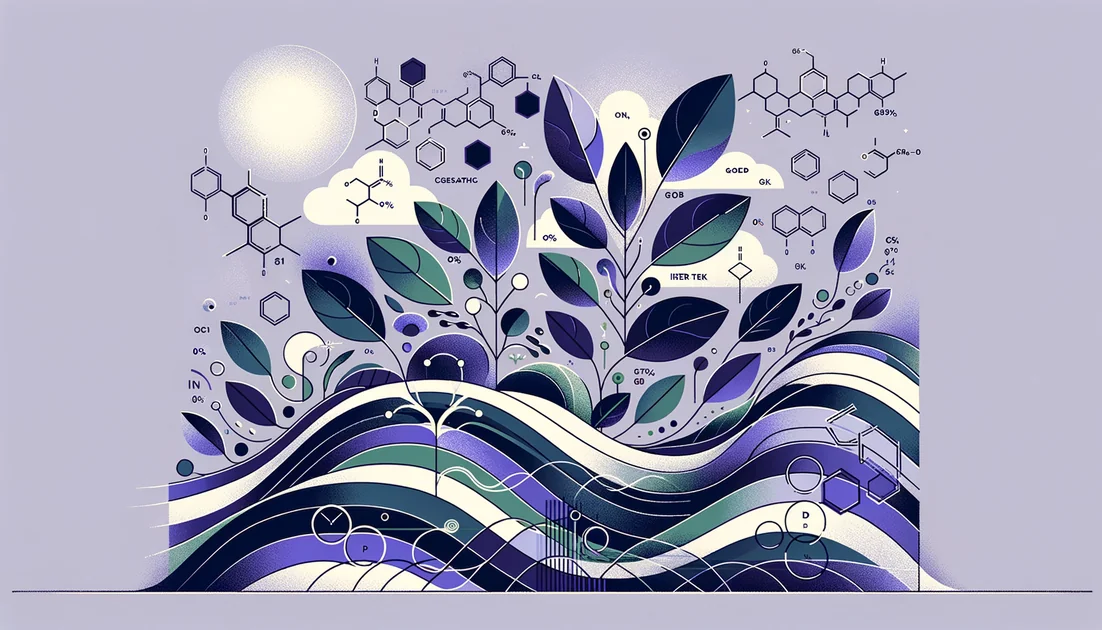
Protocol For Life Balance
Practitioner line with big-lab muscle—and a transparency gap
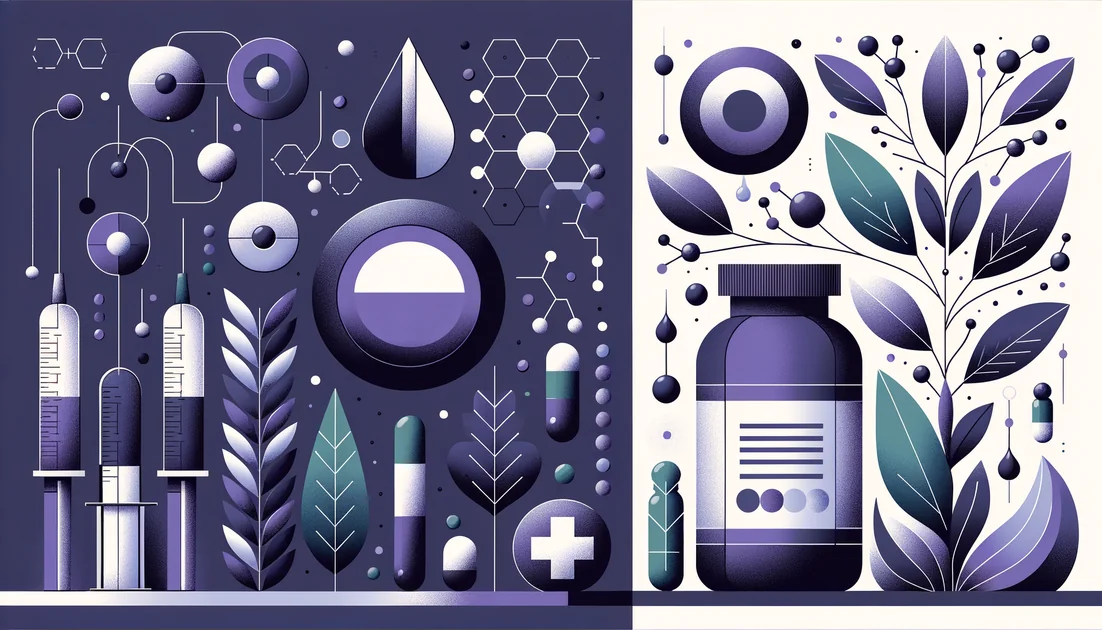
Berberine (dietary supplement) vs Metformin (prescription biguanide)
For most people needing reliable glucose lowering and long-term outcome data, choose metformin. Consider berberine if you can't take metformin and want a modest, supplement-based metabolic aid from a vetted brand, with attention to interactions and pregnancy avoidance. [1][3][8]
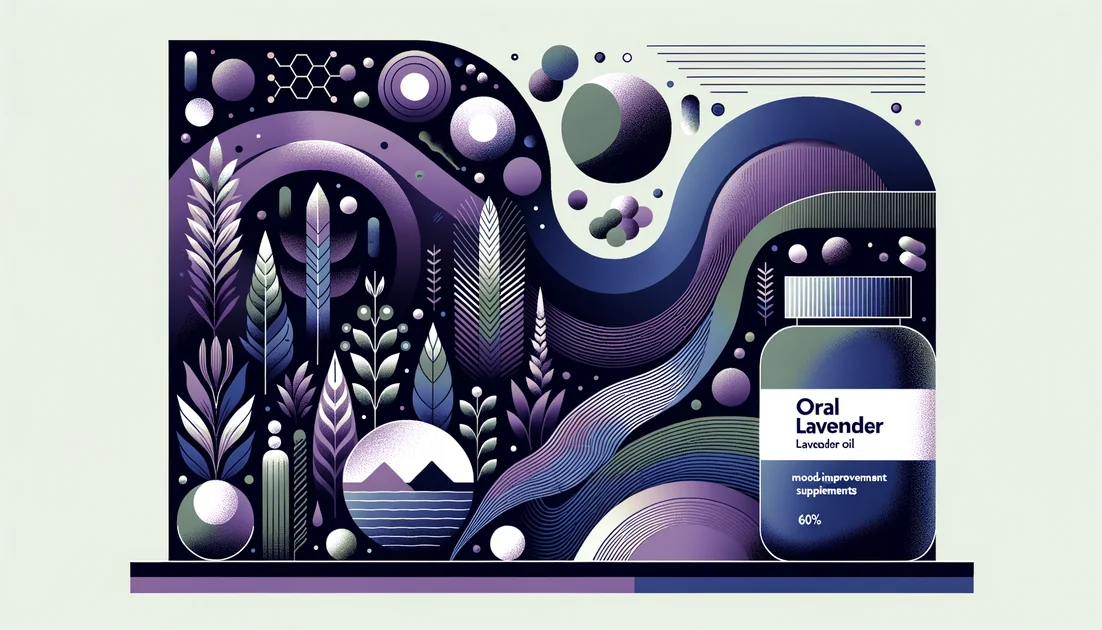
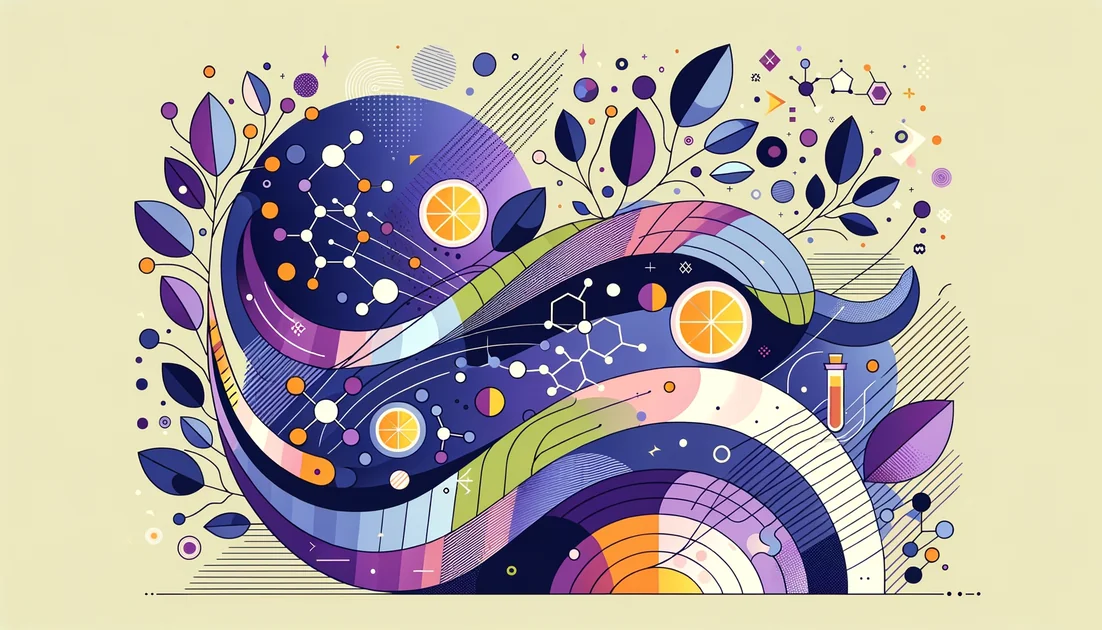
Vitamin C (ascorbic acid)
Picture a sailor in 1747, gums bleeding, legs spotted, morale sinking. Six days after eating two oranges and a lemon, he's back on duty. Two centuries later, a Hungarian biochemist looks at a bowl of paprika and realizes he's holding kilograms of the same lifesaving force. In between those moments—and ever since—Vitamin C has been less a miracle and more a masterclass in how evidence matures.
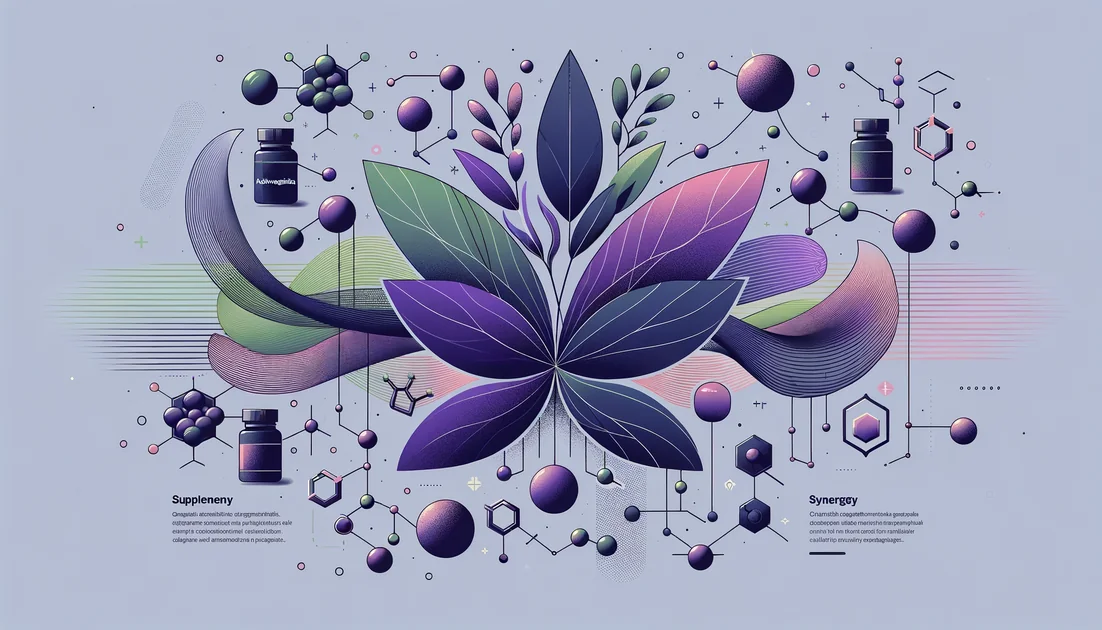
Ashwagandha + Rhodiola: Calm Energy or Just Hype?
Dual-core, theoretical synergy: good rationale, solid solo data, but no head-to-head Ashwagandha+Rhodiola trials yet.

Tocotrienols
The stealthier cousins of vitamin E—built with springy tails that move differently in cell membranes and behave differently in your body.
